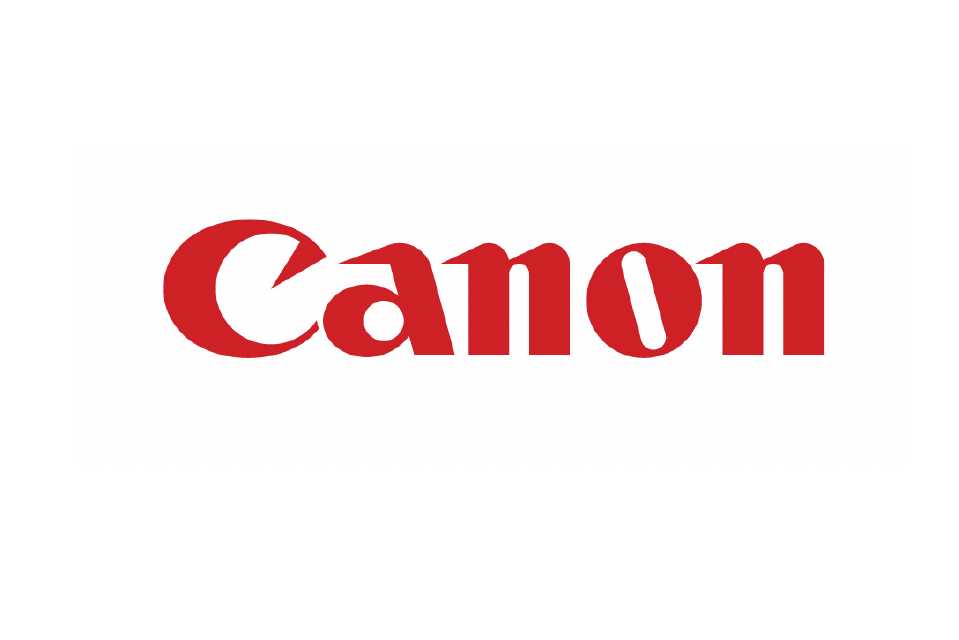Joe Perkins considers what official guidance says about how markets should be defined in competition cases – and the gap between this guidance and what authorities actually do. (Sponsored content.)
Why define markets?
Market definition plays a foundational role in competition analysis – competition authorities and courts want to establish whether firms hold a dominant position in a market, and therefore need to decide how broadly or narrowly that market should be defined. The answer to whether Tesla has market power could differ if the relevant market is defined as ‘high-end electric vehicles,’ or ‘all domestic cars’.

Although official guidelines thus describe a rigorous methodology for defining markets, our research – using cutting-edge data science techniques – finds
it is rarely followed in practice. Of more than 3,000 merger cases published on the European Commission’s website between 1990 and 2019, fewer than 3 per cent mentioned a hypothetical monopolist test or related approaches at all. Instead, authorities often use ad hoc approaches, based on intuitions about the similarities between different products and the (possibly biased) views of industry participants.
Why this gap matters
The wide gap between principle and practice matters for several reasons. First, it could lead to poor decision- making, with beneficial mergers being prohibited, or harmful mergers being allowed. Even without such serious effects, it means that there are few if any ‘safe harbour’ benefits. Firms cannot be confident about how the markets they operate in will be defined, meaning they cannot be confident about whether a proposed merger is likely to be permitted, or whether their actions will lead to an antitrust investigation. Furthermore, by frequently diverging from their stated approach, authorities reduce the transparency and accountability of their decisions.
What’s next?
There have been some developments. The UK Competition and Markets Authority (CMA) changed its guidance in 2021, reducing the prominence of market definition in general. The European Commission plans to consult on changes to its market definition notice soon. But there is as yet no firm resting place for the concept of market definition, and substantial evolution is likely in coming years.
We propose three changes to secure the benefits of defining markets in competition cases:
- Aligning principle and practice. Decisions should describe systematically how they have followed the conceptual steps of the hypothetical monopolist test, even where, as will frequently be the case, it is not possible to assess them quantitatively.
- Using qualitative approaches rigorously and consistently. There is little official guidance on how qualitative evidence should be used. As a result, authorities are open to charges of cherry-picking – finding evidence that matches their preconceived ideas of a market.
- Recognising the limits of market definition. As the CMA’s revised guidance notes, “while market definition can sometimes be a useful tool, it is not an end in itself,” and it will always provide a rule of thumb rather than a definitive answer.
Joe Perkins, Senior Vice President, Compass Lexecon

5 Aldermanbury Square 14th Floor
London
EC2V 7HR
Tel: +44 203 932 9600
www.compasslexecon.com





























No comments yet